Cultural Influences on Fashion Design: Exploring Global Styles
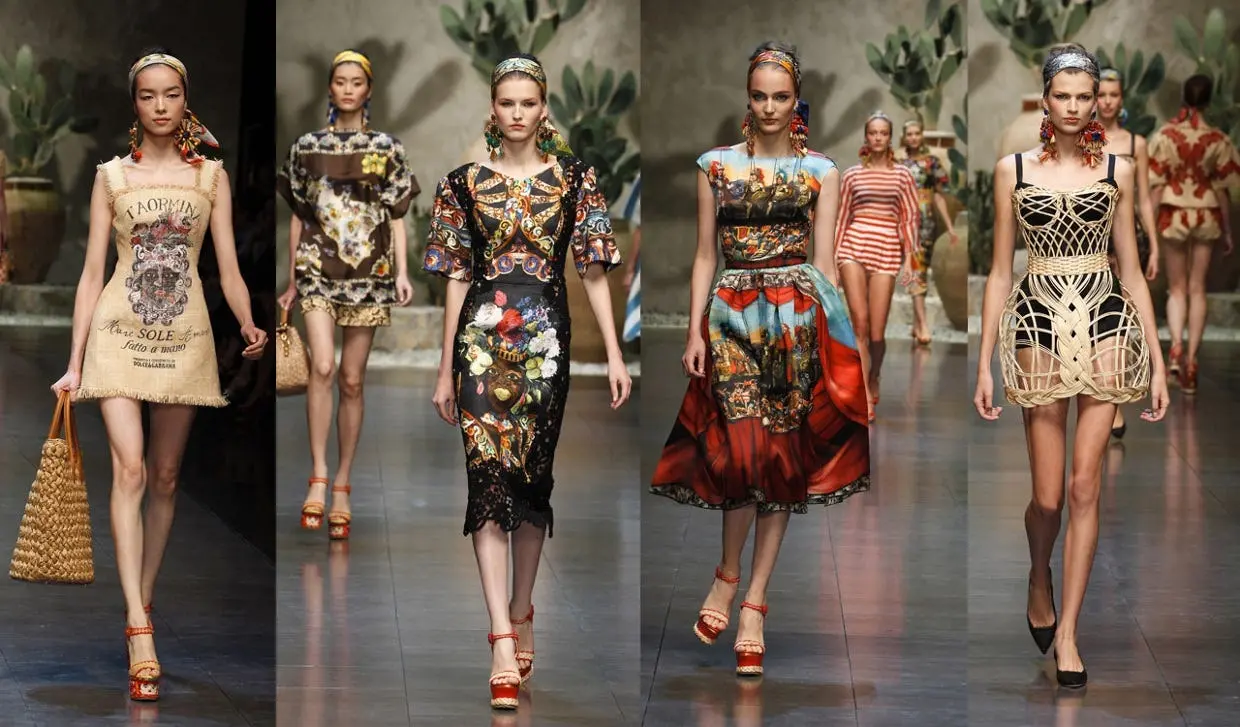
Cultural Influences on Fashion Design is not only about clothing; it is about our cultural identity and values. Fashion tells a story about us, from traditional clothes handed down over generations to the current styles that change every time.
This article will look into the deep relationship between fashion and culture by analyzing how our background affects what we put on and how new developments are changing the direction of fashion.
Come with us as we get immersed in the multi-colored cloth of fashion and culture to see the history behind it all and how it has been innovated upon to form our common style.
Cultural Influences On Fashion Designers
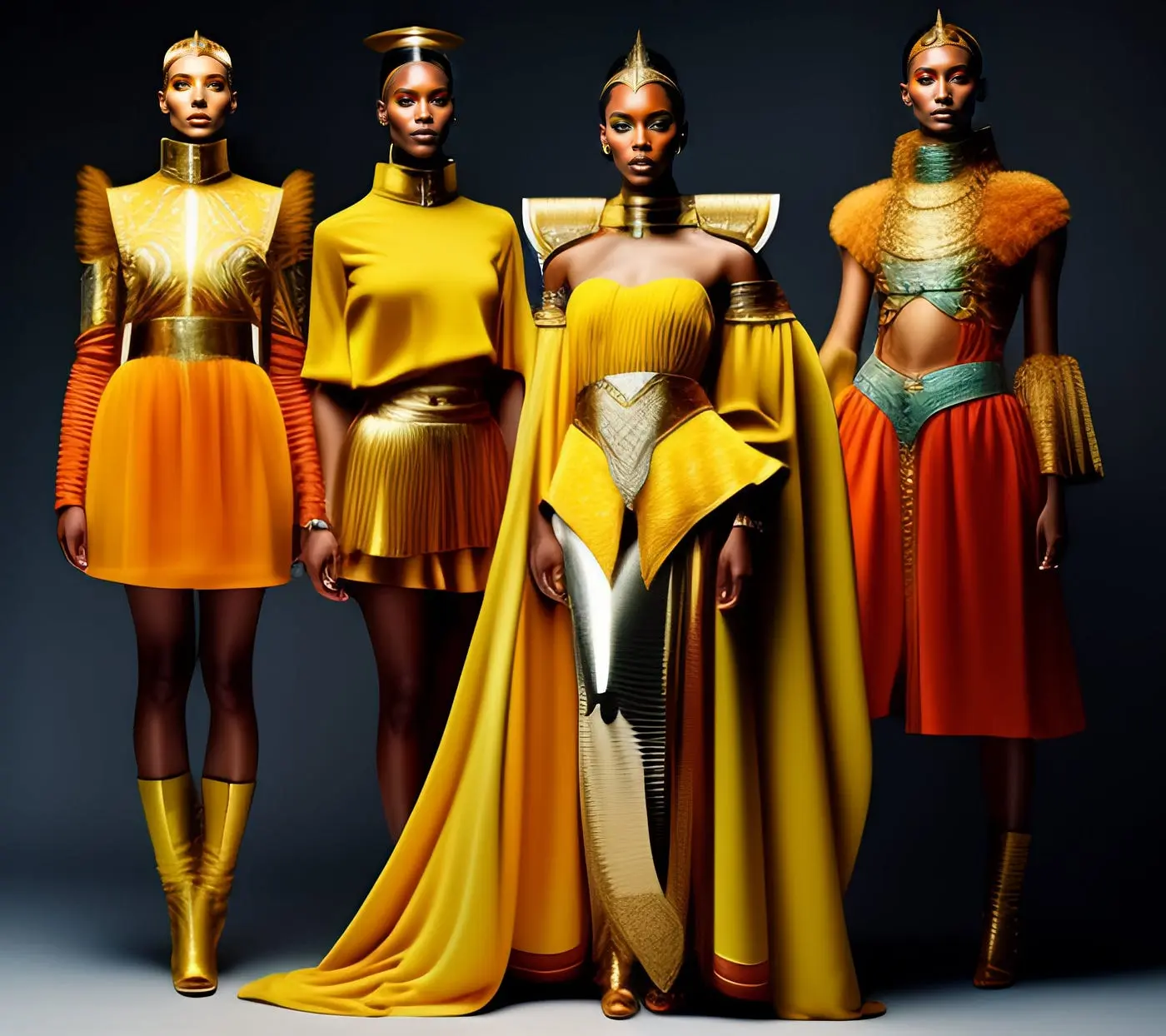
The GUardian Nigeria
The fashion industry thrives on cultural influence, which steers trends and aids designers in their artistic endeavours. Fashion throughout history has been a reflection of cultural mores, values, and artistic movements. For example, take the Renaissance period.
Below is how culture influences fashion designers:
1. Globalisation and Cultural Influence:
Nowadays, globalisation and digital media have greatly expanded the extent of cultural effects on fashion. Designers blend inputs from various cultures by using traditional fabrics in their collections, and religious icons and moving with the new sustainable trends.
This provides an amalgamation of different cultures as well as addressing the move towards environmentalism and ethical practices.
2. Cross-Cultural Exchange:
Additionally, the growth of social media platforms coupled with travel has enhanced cross-cultural exchange that rapidly impacts fashion by causing instant inspirations or integrations into other parts of the world’s styles. A connected global community enables designers to access different cultural influences that they can easily incorporate into their creations.
3. Fashion as Cultural Expression:
Culture intersects deeply with fashion in such that it reflects societal norms, economic conditions, and political actions. Hence, this relationship suggests how one’s identity, values, and beliefs are communicated through what one wears (take out “the choice of,” i.e., ‘through their choice of clothes’), which thereby make up part of the culture.
Designers therefore contribute to these dynamic dialogues between fashion and culture because they help create certain ways for people to express themselves culturally.
The Role of Traditional Dress in Cultural Expression
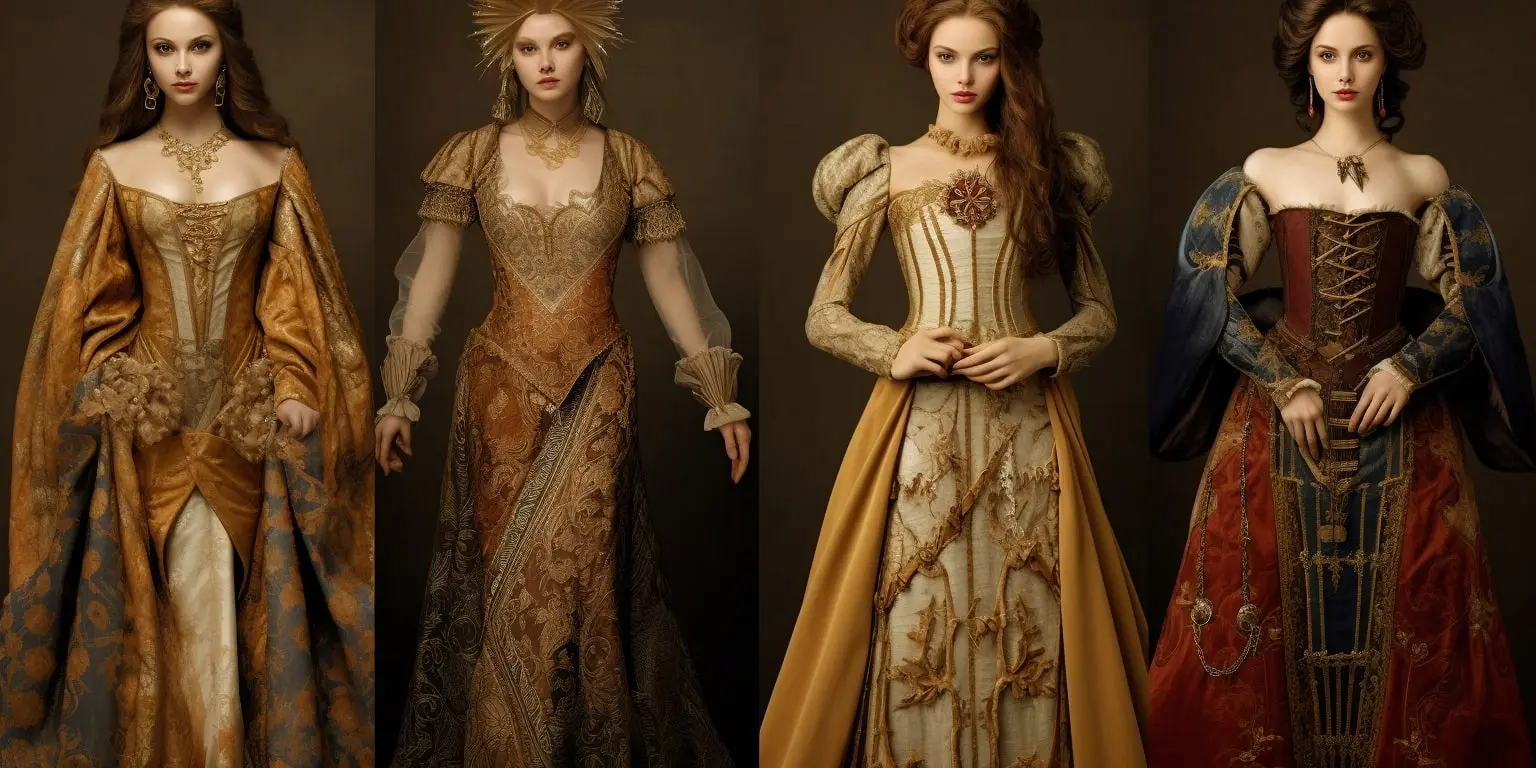
Knights Templar
The dress is the traditional one that can be seen as a poignant emblem of cultural expression because, in this way, communities transmit their unique identities, values, and historical legacies.
It is not just about cloth or adornment; it encapsulates the essence of a community’s traditions, beliefs, and social structures represented by colorful threads woven together into one beautiful tapestry of cultural heritage.
1. Cultural Identity’s Guardian:
On the outside, traditional dress remains a prominent guardian of cultural identity. The intricate patterns, colors, and designs on it weave stories and experiences carried over generations. When people put on their traditional clothes, they are announcing to others where they come from and whom they belong to in a real sense.
2. Celebration for All:
Traditional attire serves as an active symbol of collective celebration during cultural festivals, ceremonies, or rites of passage. These are occasions when people wear costumes, displaying pride and belonging among those attending them, since any interested person can freely take part in them.
Every piece of culture on fashion is a brushstroke contributing to the painting that represents common culture and unity.
3. What Traditional Dress Stands For:
Apart from aesthetics, traditional clothing acts as an indicator of acceptable social norms, religious beliefs, and societal values within a given community. Every fold or stitch carries meaning which may indicate status or identity as well as indicate to which group one belongs.
Thus, traditional clothing becomes its form of language that reveals a lot about those who put it on regarding their culture’s spirit and aspirations.
4. Resistance & Renaissance:
Traditional dress arises as an arena for resistance against external pressures or absorption by other cultures in most cases. Such communities may keep wearing their ancestral outfits so that they can prove their culture cannot be erased with pride.
Moreover, efforts to revive traditional dress in today’s situations reinvigorate ancient customs ensuring that these do not become irrelevant amidst rapid changes in our world.
Thus does the concept of tradition embody itself in fashion for all time, uniting human historical, individual, and collective threads, reminding humans of their resilience, and giving rise to pride, joy, and unity in the ever-changing global world.
The Evolution of Fashion Trends Across Different Cultures
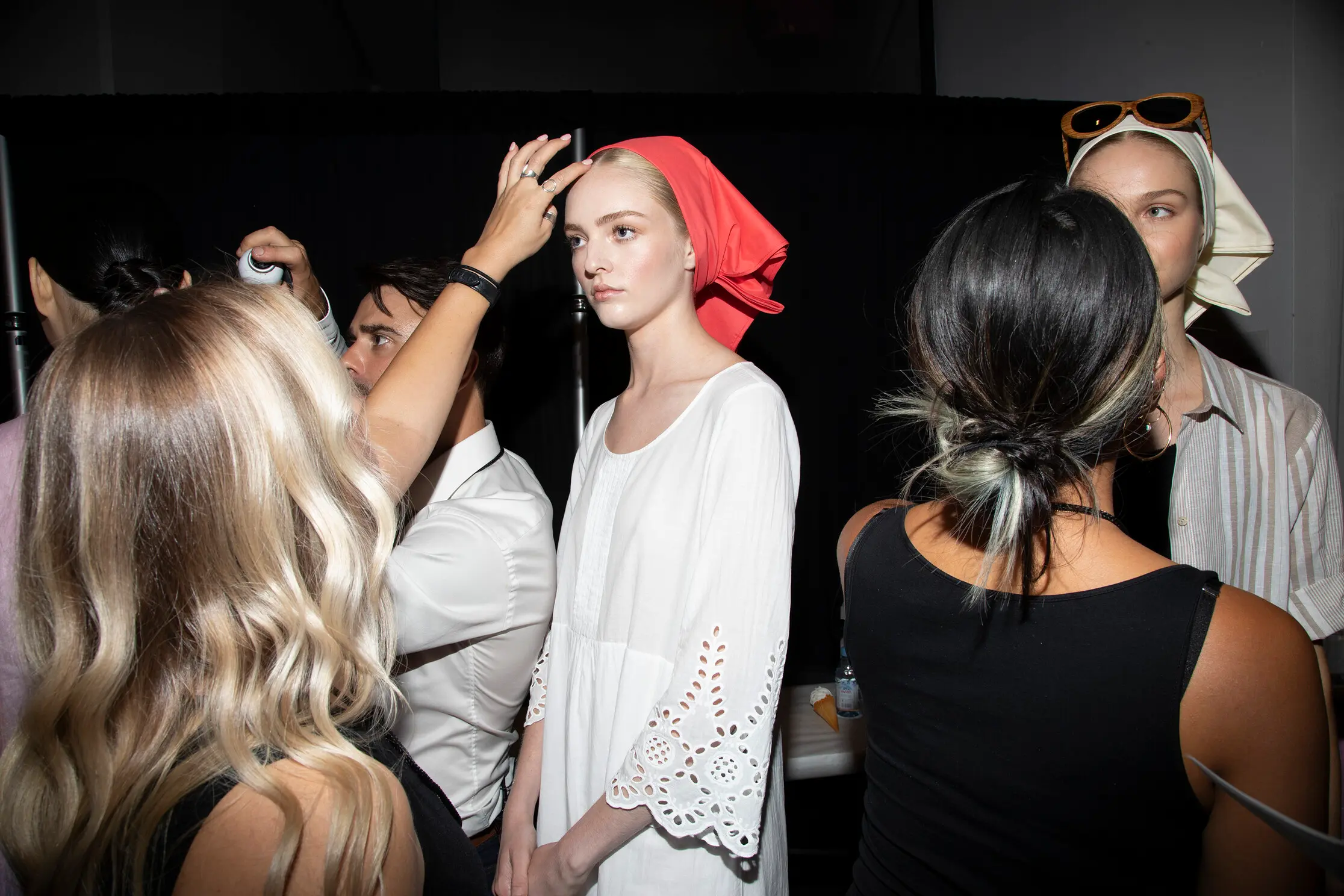
Fashion trends develop differently in different societies due to their historical backgrounds, societal influences, and traditions. Here are some examples of how fashion trends have evolved across various cultures:
1. From the Japanese Kimono to Modern Street Aestheticism:
The traditional Japanese kimono has changed significantly over time. While it is still regarded as a link to Japanese tradition and history, it also found its way into the world of modern fashion, especially streetwear.
Designers from all over the globe have borrowed elements such as elegant silhouettes and intricate designs of kimonos and blended them with new-age outfits like kimono jackets or dresses.
The fusion of traditional Japanese aesthetics with contemporary street fashion shows how cultural exchange constantly shapes our notions about style.
2. From Indian Sari to International Catwalks:
The Indian sari, a draped garment traditionally worn by women across South Asia, has crossed national borders and become a worldwide fashion phenomenon. The sari continues to hold its importance in India’s culture and customs; however, it has become an inspiration for designers globally.
Just recently, there were catwalks on which saris were featured but redesigned using vivid colors, unique textures, and modern forms.
By merging aspects of draping technique as well as decoration used on saris into contemporary lines, designers have managed to create pieces that exist between being part of tradition and modernity in global fashion.
3. African Textiles and Patterns in High Fashion:
Since time immemorial, African textiles and patterns have been noted for their vibrancy and cultural meaning. Designs such as Ankara prints and Kente cloth inspired global fashion designers prompting them to feature them in high fashion collections.
Designers have used motifs and colors from Africa to make their creations rich in culture, especially during runway displays.
This trans-cultural relationship is not just indicative of the beauty of Africa but also challenges Eurocentric connotations of beauty and style: thus fostering further inclusivity in the fashion industry.
4. Indigenous Fashion Revival:
Over the past few years, there has been a widespread movement towards rejuvenation and valorization of indigenous fashion heritage all over the world. This means that groups including Native American tribes or Australian Aboriginal communities have started re-appropriating their native styles as a way to assert themselves culturally, making them feel good about themselves again.
Therefore, these comebacks often combine traditional techniques with modern themes creating clothes that respect ancestor origins while reflecting contemporary times.
To dismantle prejudices about indigenous cultures and foster greater appreciation for craftsmanship associated with them, designers are presenting these attires on global platforms.
5. Middle Eastern Modest Fashion:
The rise of modest fashion across the Middle East has challenged conventional concepts regarding beauty and style all around the globe. In this regard, loose-fitting garments with conservative outlines which are referred to as modest fashion are now popular both within Muslim-dominated countries as well as Western markets.
Middle East-based designers have played a central role in this trend by producing clothing brands targeting women who want fashionable yet modest wear. Therefore, by embracing modest fashion, clothing makers champion traditional views on reservation and restraint against general streams in vogue today.
Fashion is an ever-changing phenomenon that takes inspiration from various cultural sources leading to a collection showcasing diversity seen through diverse cultures worldwide Brands draw inspiration from various cultures when they design collections that honor different aspects of their heritage.
The Future of Fashion and Cultural Influence
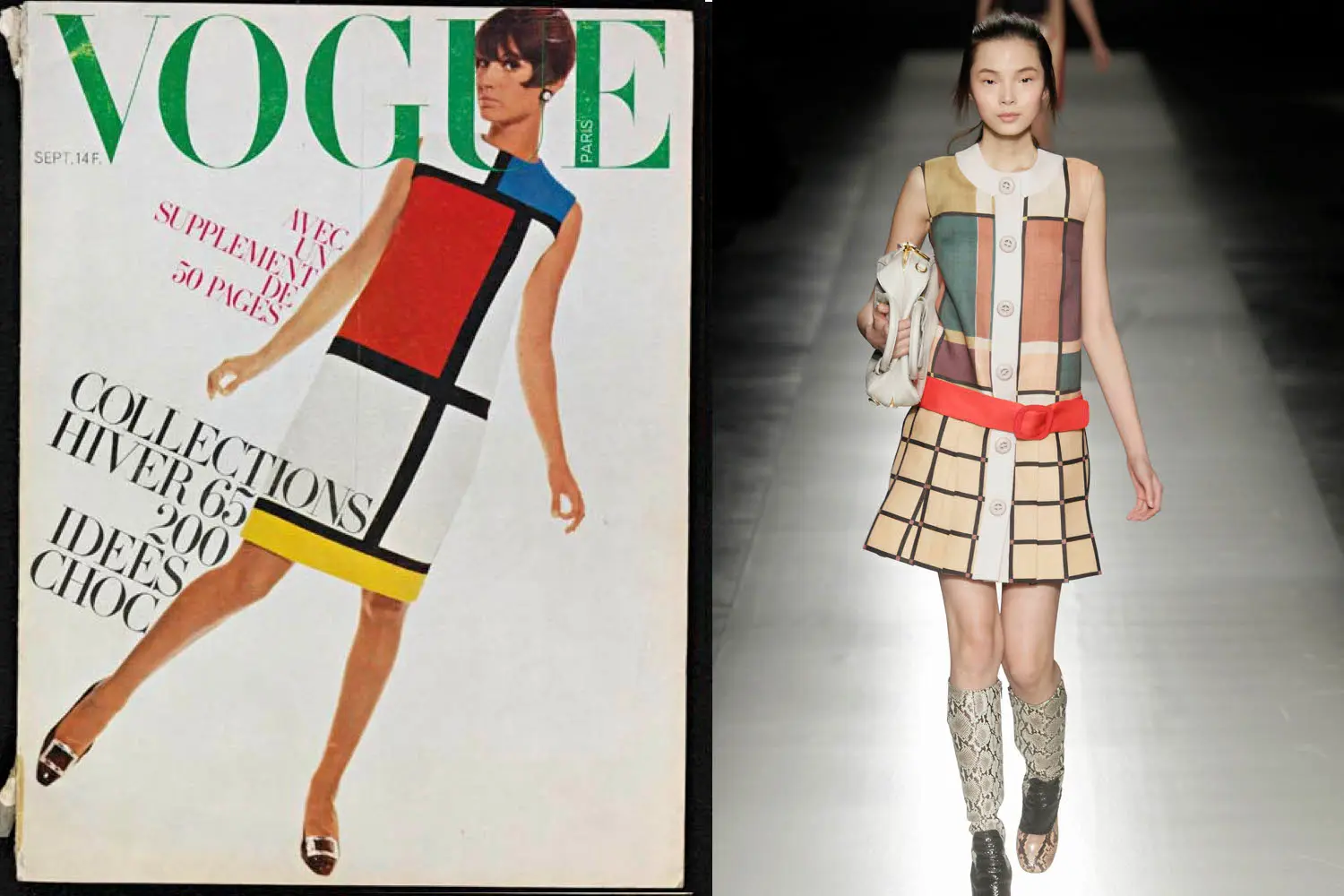
Sleek Magazine
In the future, as fashion progresses, its development will depend heavily on the presence of culture in design and style. Have a look at some of these key trends and developments that are shaping the intersection of fashion and cultural influence:
1. Cultural Fusion and Diversity:
In the future, fashion will celebrate cultural diversity among other characteristics with designers who copy ideas from diverse global cultures. This cultural fusion will result in creative and unusual assortments highlighting our interrelated world.
2. Sustainability and Ethical Practices:
The fashion industry is going to prioritize sustainability and ethical production methods as people become more aware of environmental issues and social problems. Such designers are using sustainable materials and practices in their designs which is basically changing the entire approach towards fashion for a responsible ecological point of view.
3. Technological Advancements:
Technological advancements including virtual reality, artificial intelligence etc will completely transform the fashion industry. These technologies will make the design process better, create immersive shopping experiences, and facilitate cross-cultural collaboration between designers from different countries all over the globe.
4. Reinterpretation of Tradition:
Traditional clothing styles from various cultures would be revisited into modern wear. By blending traditional elements with contemporary aesthetics, these designers retain cultural heritage while giving it new life for generations to come.
5. Cultural Exchange and Dialogue:
This continues to be important in facilitating dialogue between communities and fostering mutual understanding across cultures that promote unity through diversity.
The fashion industry could potentially create a future wherein culture is celebrated, respected, and embraced as an intrinsic part of our collective identity by embracing diversity; sustainability; technology
Conclusion
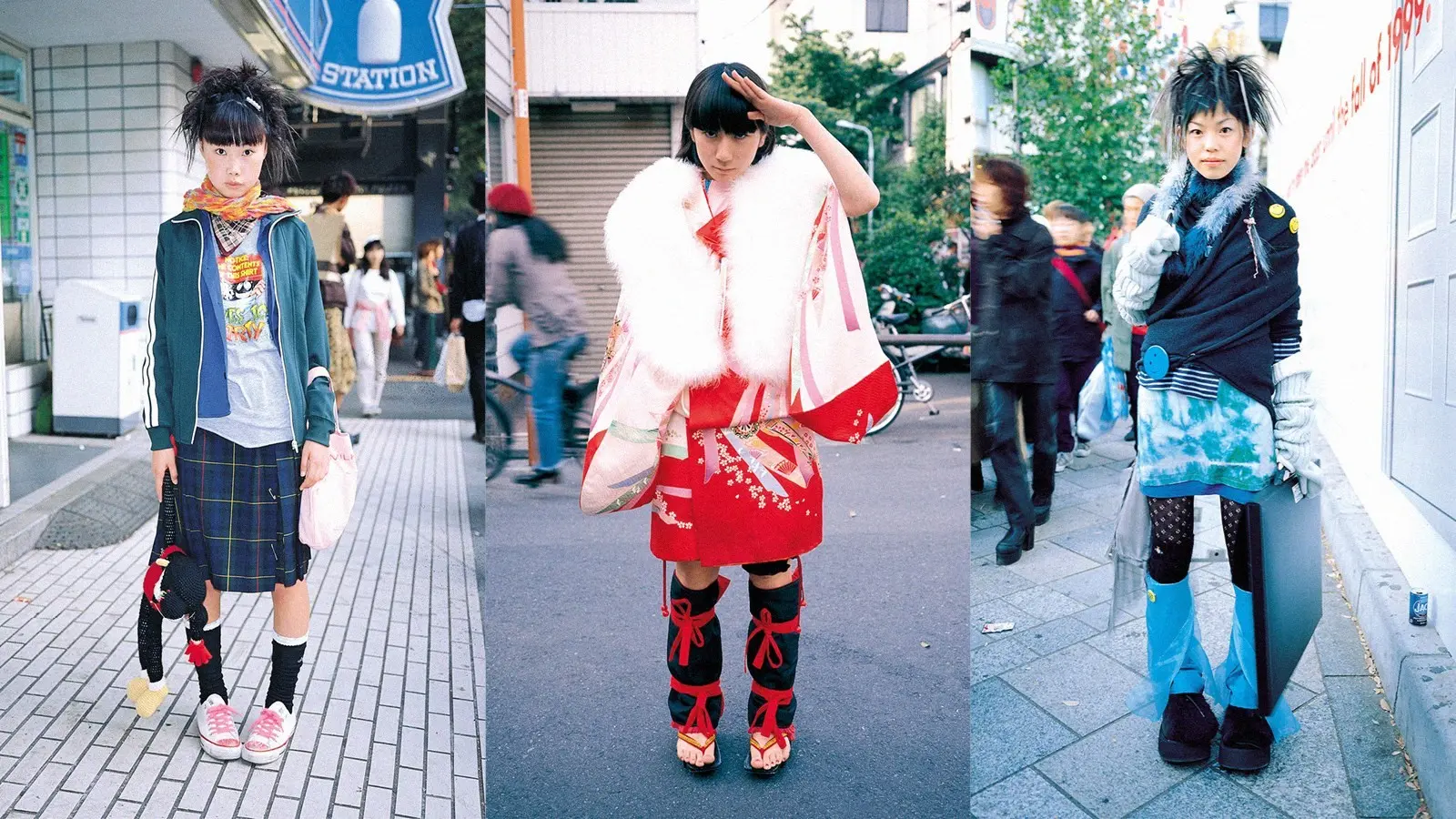
Dazed
Fashion and culture are interlinked in an extremely important way. Fashion is not limited to dressing, but rather a demonstration of who we are and our background.
Whether it’s traditional clothing passed down from one generation to another or the contemporary fusion of fashions that can be witnessed today, fashion narrates where we come from and our values.
Technology has also impacted the way fashion is made and experienced. The application of augmented reality fitting rooms as well as 3D printed clothes, among others make it possible for one to express themselves more freely through their dress.
This evolution would, however, not have been possible if fashion did not adapt while embracing responsible innovation. Cultural influences on fashion go beyond beauty; it connect people based on shared experiences and beliefs.
Frequently Asked Questions (FAQs)
- What is the relationship between fashion and culture?
Fashion and culture are deeply intertwined; fashion reflects cultural identity and values. Traditional attire and modern trends alike tell the story of our heritage and beliefs.
- How does culture influence fashion trends?
Culture influences fashion through traditional clothing, societal values, and artistic movements. Trends evolve as designers draw inspiration from diverse cultural sources, celebrating global heritage.
- What are some examples of cultural influences in fashion?
Examples include the evolution of the Japanese kimono, the global popularity of the Indian sari, and the incorporation of African textiles into high fashion.









